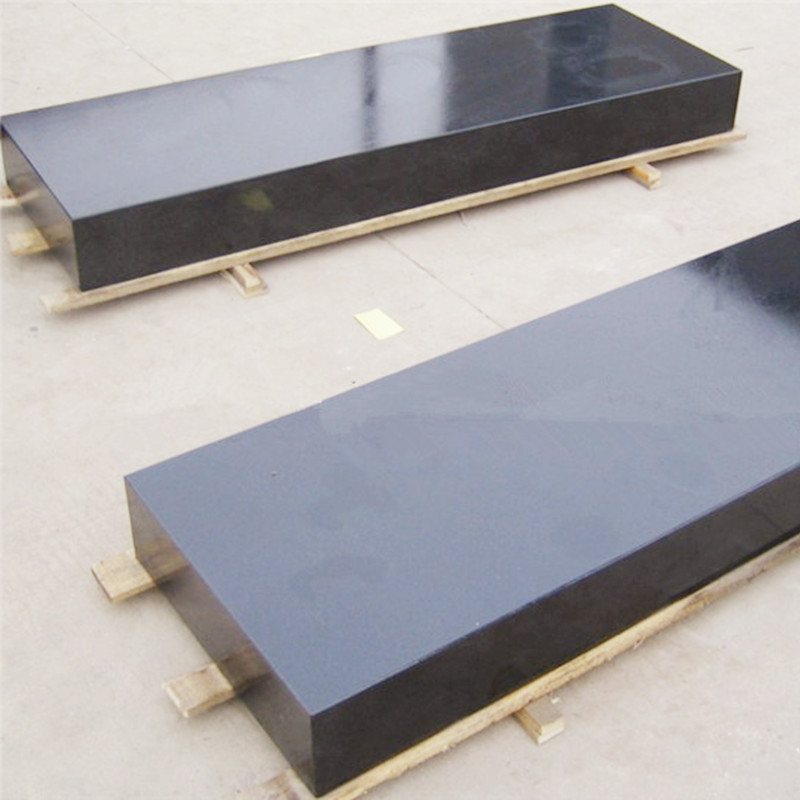Sep . 08, 2024 04:38 Back to list
Different Types of Directional Control Valves
Understanding Different Types of Directional Control Valves
Directional control valves are essential components in hydraulic and pneumatic systems, directing the flow of fluid to various parts of a machine or process. These valves play a crucial role in controlling the movement of actuators, such as cylinders and motors, ensuring that machinery operates efficiently and effectively. In this article, we will explore the different types of directional control valves, each designed to suit specific applications.
1. Poppet Valves
Poppet valves are among the most commonly used types of directional control valves. They operate by lifting or seating a poppet against a seat to either allow or block flow. These valves are known for their simple design, reliability, and ability to handle high pressure and flow rates. Poppet valves are widely used in hydraulic applications, such as construction machinery and automotive systems, due to their capacity for high load handling.
2. Sliding Spool Valves
Sliding spool valves features a cylindrical spool that moves within a housing. The position of the spool determines the flow path of the fluid. These valves can have multiple ports and positions, allowing for complex control in systems that require several functions. Sliding spool valves are highly versatile and are commonly used in mobile equipment and industrial applications where precise control is necessary.
3. Rotary Valves
different types of directional control valve

Rotary valves use a rotating element to direct flow. They can take the form of a ball, disc, or vane that rotates within a housing to change the flow path. Rotary valves are often used in applications that require compact design and low operating pressure, such as in some pneumatic systems. Their ability to provide quick movement and reliable control makes them ideal for applications like packaging machinery.
4. Electromagnetic Valves
Electromagnetic (or solenoid) valves are controlled by an electromagnetic coil that actuates the valve's mechanism when energized. This type of valve allows for remote control and automation of fluid systems. Electromagnetic valves are increasingly found in both hydraulic and pneumatic systems, providing a fast response time and the ability to integrate with electronic control systems. They are commonly used in robotics, automated manufacturing, and process control.
5. Check Valves
While technically not a directional control valve in the traditional sense, check valves allow flow in only one direction and prevent backflow. These valves are critical in maintaining the integrity of hydraulic circuits and are often used in conjunction with other types of directional control valves. Their simplicity and effectiveness in preventing fluid loss make them an indispensable part of many systems.
Conclusion
Directional control valves are pivotal in managing fluid flow in various applications, from heavy industrial machinery to intricate robotic systems. By understanding the different types of these valves, engineers and technicians can select the most appropriate option for their specific needs, ensuring efficiency, reliability, and performance in their operations. As technology advances, we can expect to see further innovations in valve design and functionality, enhancing the capabilities of fluid power systems across all sectors.
-
thread-plug-gauge-our-promise-of-measurement-excellenceNewsAug.22,2025
-
gauge-pin-class-reflecting-quality-legacyNewsAug.22,2025
-
check-valve-types-for-high-rise-buildingsNewsAug.22,2025
-
water-control-valve-for-irrigation-systemsNewsAug.22,2025
-
gate-valve-with-soft-seal-technologyNewsAug.22,2025
-
y-type-strainer-for-oil-and-gas-applicationsNewsAug.22,2025
Related PRODUCTS









